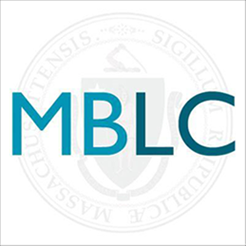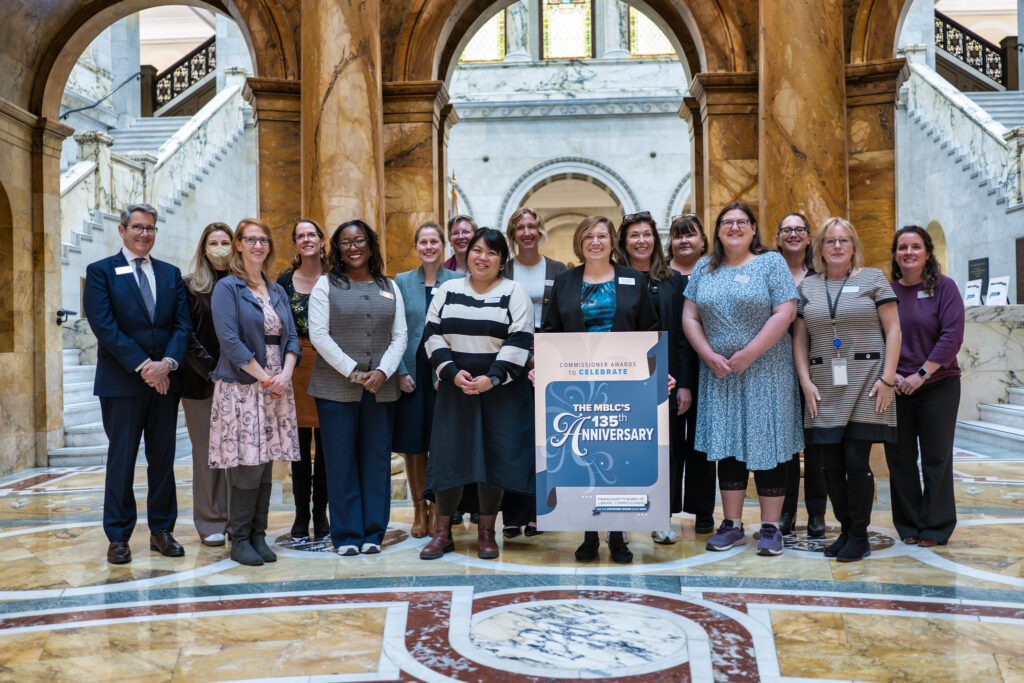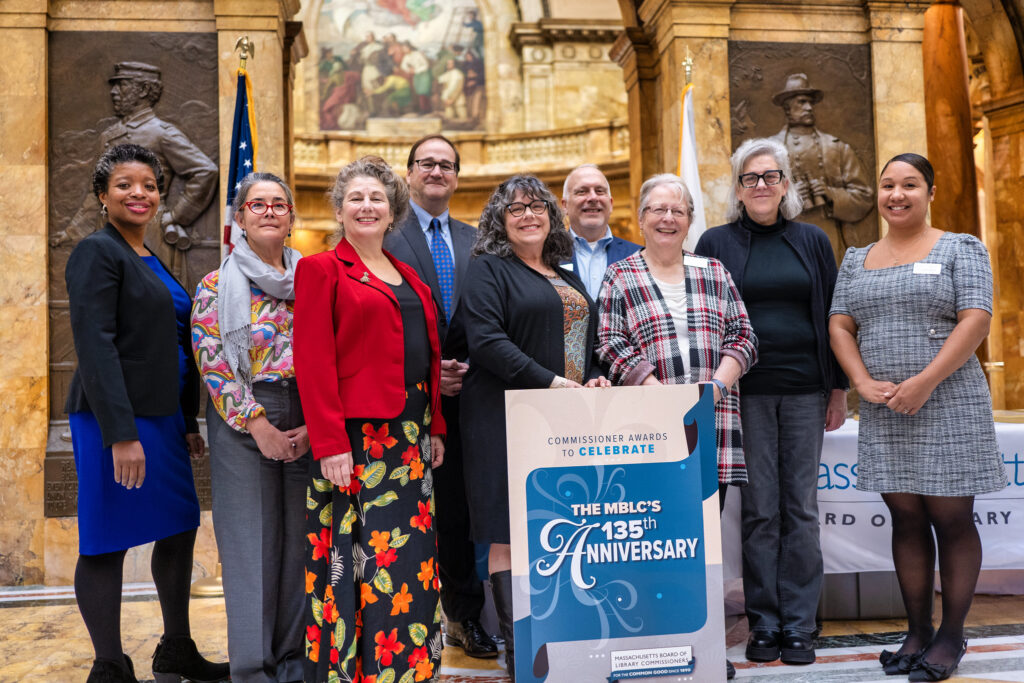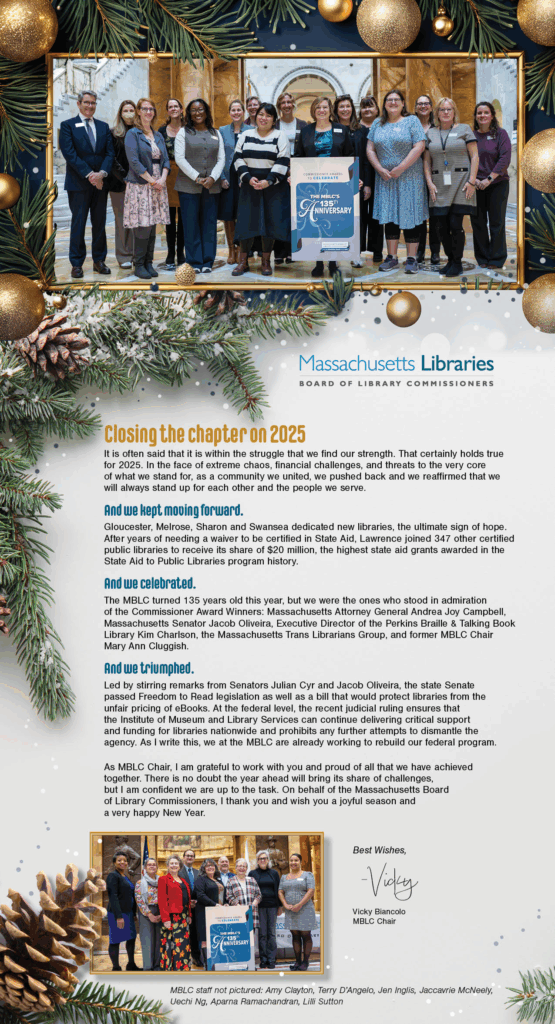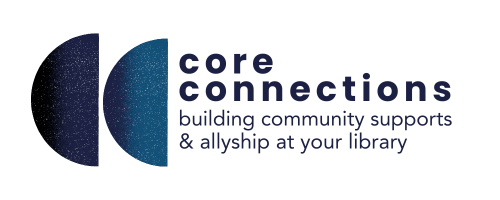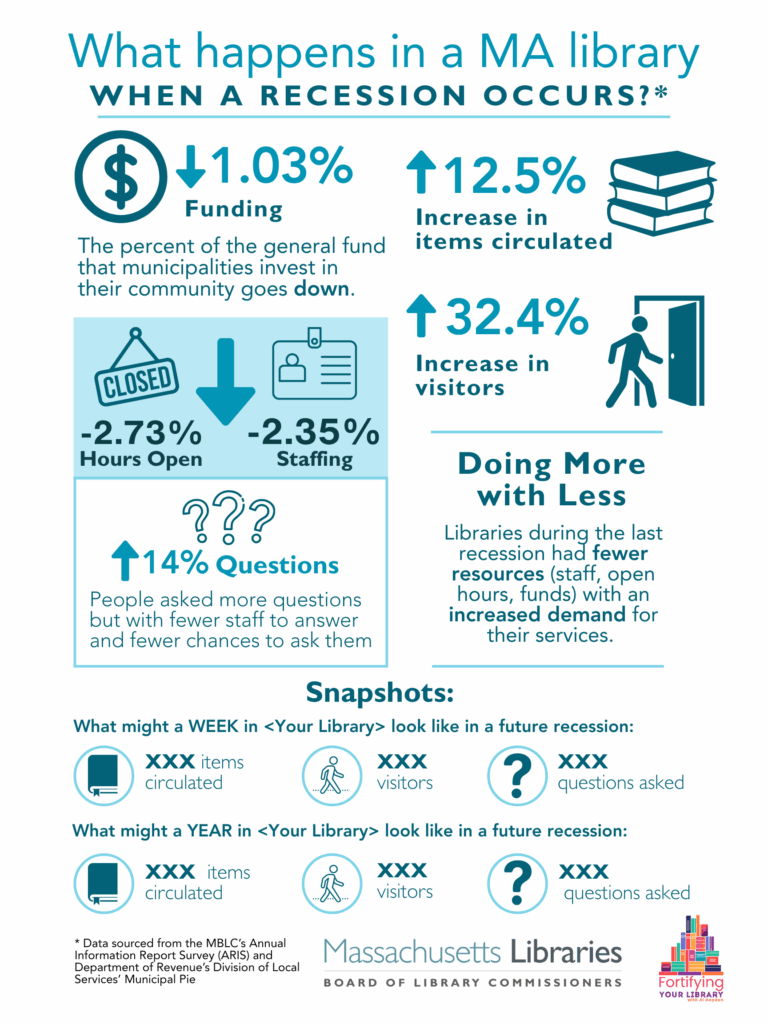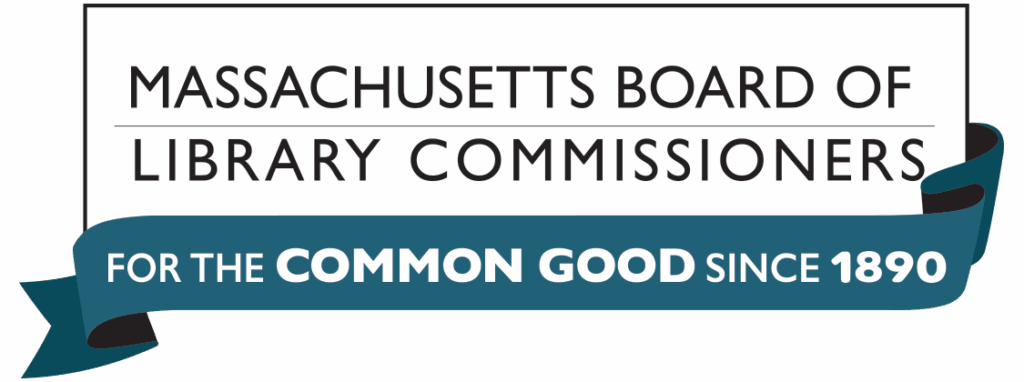
MBLC Monthly Board Meeting on January 8 (Hybrid)
Contact: Rachel Masse
The regular monthly board meeting of the Massachusetts Board of Library Commissioners is scheduled for 10AM on Thursday, January 8, 2026, at the MBLC Office, 90 Canal Street, Suite 500, Boston, MA.
$5.4 Million Library Construction Grant Awarded to Blandford
Contact: Andrea Bono-Bunker, Heather Backman
At its December board meeting, the Massachusetts Board of Library Commissioners (MBLC) awarded a $5.4 million Small Population library construction grant to the Town of Blandford for the renovation and expansion of the Porter Memorial Library as part of the Massachusetts Public Library Construction Program (MPLCP). For more on the details on Blandford’s MPLCP grant, visit the MBLC website.
NEW BLOG POST! Core Connections: Building Community Supports & Allyship at Your Library
Contact: Ally Dowds
This January, the MBLC is launching a 12-month series, Core Connections, to showcase how libraries are uniquely positioned to create consistent opportunities and partnerships to uplift both our patrons and our staff. The series is a mix of informational sessions, workshops and panel discussions focused on practical tools and resources to build community supports and strengthen allyship of vulnerable and marginalized individuals. Read more about Core Connections and the monthly topics for 2026 at the MBLC Blog.
MBLC Strategic Planning Focus Groups (Multiple Locations in-person)
- Tuesday, January 6 at 10AM at Boston Public Library’s Central Library – Registration & More Information
- Thursday, January 15 at 1:30PM at Lawrence Public Library – Registration & More Information
- Tuesday, January 27 at 1:30PM at the Massachusetts Library System’s Marlborough Office – Registration & More Information
- Tuesday, February 3 at 1:30PM at Lakeville Public Library – Registration & More Information
- Friday, February 13 at 1:30PM at Cape Cod Community College – Registration & More Information
- Wednesday, February 25 at 10AM at Greenfield Public Library – Registration & More Information
Library workers, users, partners, stakeholders, and community members are invited to share their thoughts, concerns, and questions about the future directions of Massachusetts Libraries broadly and the Massachusetts Board of Library Commissioners (MBLC), the Commonwealth’s state agency that supports libraries through funding, guidance, partnerships, and the coordination of statewide services. Learn more about the MBLC, its mission, and its current programs and services by visiting the agency’s website.
FY26 State Aid Certifications Continue!
Contact: Cate Merlin, Jen Inglis
Congratulations to the second group of municipalities certified for FY26 State Aid! The list of municipalities and initial awards (as well as past awards) can be found here: https://mblc.state.ma.us/programs-and-support/state-aid-and-aris/awards.php
The third and final group of municipalities meeting all State Aid requirements will be brought before the Board of Library Commissioners at their January 8th meeting. We’ll email the State Aid listserv after the meeting with a list of municipalities certified and their initial State Aid grant awards- Directors, be sure you’re signed up here: https://mblc.state.ma.us/sympa/info/stateaid.
Nine municipalities are petitioning the Board of Library Commissioners for waivers of the FY26 MAR (Municipal Appropriation Requirement). Those petitions will be presented to the Board at the January meeting, and voted on at the February 5th meeting.
We’re taking a break from State Aid Office Hours so we can wrap up this year’s State Aid cycle- but don’t hesitate to reach out with any questions about State Aid or your upcoming FY27 budget cycle!
Justice Involved Library Services: A Roundtable Discussion (Online)
Contact: Ally Dowds
Thursday, January 8 at 1PM – Registration & More Information
Connect with fellow librarians providing library services to individuals currently and formerly experiencing incarceration in state, county and youth facilities in Massachusetts. Join this conversation to exchange ideas, collaborate on projects, and build a supportive community. Whether you work directly in a carceral facility, have experience collaborating with institutions to provide outreach, or you are a librarian interested in developing an outreach partnership, this meetup group provides a forum to come together for meaningful discussion and resource sharing.
Registration is not required. This is an existing group that meets monthly on the first Thursday at 1pm.
Web Accessibility Office Hours (Online)
Contact: Jaccavrie McNeely, Kate Butler
Friday, January 2 at 11AM – More Information & Zoom Link
Wednesday, January 21 at 3PM – More Information & Zoom Link
Need help making your web content accessible? MBLC staff are here to help! Join our office hours every first Friday at 11AM or third Wednesday at 3PM. View all upcoming Web Accessibility programming under the Internet, Technology, and Access category on our calendar.
Library Advisory Office Hours (Online)
Contact: Al Hayden
Monday, January 12 at 9AM – More Information & Zoom Link
Monday, January 26 at 2PM – More Information & Zoom Link
Open to all Directors, Trustees, Library Friends, and Foundation Members. They are designed to be an open-ended, safe space for questions and interaction among participants. Sessions will NOT be recorded, and chats will NOT be saved. Registration is not required; stop by anytime during the hour!
Core Connections: Welcoming Patrons Who are Deaf, Hard of Hearing, or Late Deafened to Your Library (Online)
Contact: Ally Dowds
Wednesday, January 14 at 2PM – Registration & More Information
Join us for a new 12-month series that showcases the value of library strategic partnerships and meaningful allyship in our work environments to provide supports to vulnerable and marginalized individuals. January’s topic is Welcoming Patrons Who are Deaf, Hard of Hearing, or Late Deafened to Your Library. Learn more about the topics to come at the MBLC’s Core Connections page.
Social Services in Libraries Roundtable (Online)
Contact: Ally Dowds
Thursday, January 21 at 11AM – Registration & More Information
Explore how libraries can enhance community support through social services. Connect with librarians, social workers, and social service providers to share insights, success stories, and practical tips.
Library Trustee Orientation (Online)
Contact: Al Hayden
- Wednesday, January 21 at 7PM – More Information & Registration
- Wednesday, January 28 at 7PM – More Information & Registration
- Wednesday, February 4 at 7PM – More Information & Registration
- Wednesday, February 11 at 7PM – More Information & Registration
Libraries need active and engaged trustees now more than ever. If you are a new trustee hoping to learn more about your role or a more seasoned trustee looking for a deeper understanding of the basics, you are invited to the MBLC’s Library Trustee Orientation.
This is a 4-session course where you will learn more about your role and responsibilities as a Library Trustee.
- If you are unable to attend all 4 sessions live, please register anyway to receive the recordings and resources.
- Sessions will be recorded and sent to all registrants
- Resources (including slides) will be sent to all registrants
ESOL Roundtable Discussion (Online)
Contact: Ally Dowds
Wednesday, January 28 at 1PM – More Information and Zoom Link
Connect with literacy coordinators and library staff to exchange ideas, collaborate on projects, and build a supportive community. Whether you’re an experienced educator, a new ESOL coordinator, or a librarian developing services and collections, this roundtable provides a forum to come together for meaningful discussion and resource sharing.
MBLC Monthly Board Meeting on February 5 (Hybrid)
Contact:Rachel Masse
The regular monthly board meeting of the Massachusetts Board of Library Commissioners is scheduled for 10AM on Thursday, February 5, 2026, at the MBLC Offices.
Library Trustees and Advocacy (Online)
Contact: Al Hayden
Wednesday, February 11 at 2PM – Registration & More Information
Keep your public library a part of local, county, and state conversations. In this webinar, Al Hayden, Library Advisory Specialist with the Massachusetts Board of Library Commissioners, will discuss ways that library trustees and other library advocates can keep their public library a part of the local, county, and state conversations throughout the year. This webinar will be hosted by Niche Academy.
Introduction to Canva for Library Advocates (Online)
Contact: Al Hayden
Tuesday, February 17 at 12PM – Registration & More Information
Library advocates are increasingly asked to communicate with library supporters across different platforms and in different ways. If you find yourself struggling to keep up, or are creating flyers, newsletters, or social media posts with tools that don’t quite fit your vision, you’re invited spend your lunch hour learning how to use Canva, an online graphic design tool that is user-friendly, free, and already used by many of the libraries you’re supporting.
In this program, you will get an introduction to the basics of Canva with a focus on tools you can use to advocate for your library. Live demonstrations will get you started creating, editing, and adapting designs like infographics, flyers, newsletters, and more that can be used for fundraising, advocacy, and communications about your mission. You will also be provided with a prompt that encourages you to practice your new skill set after the session.
This session will be recorded, and the recording will be sent out to all registrants.
